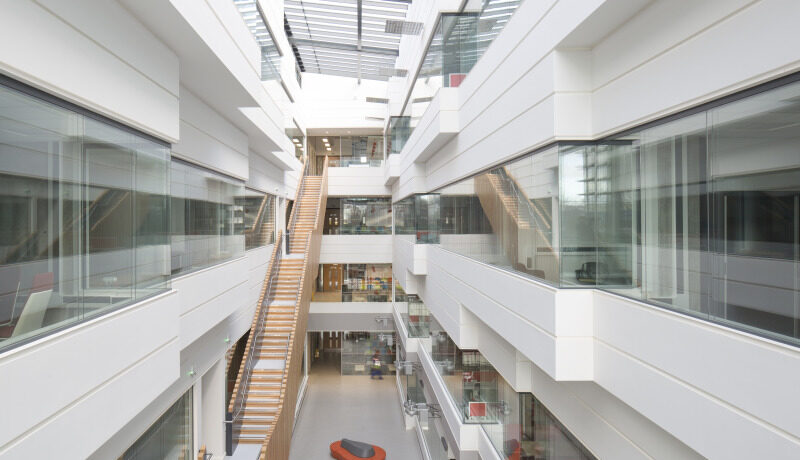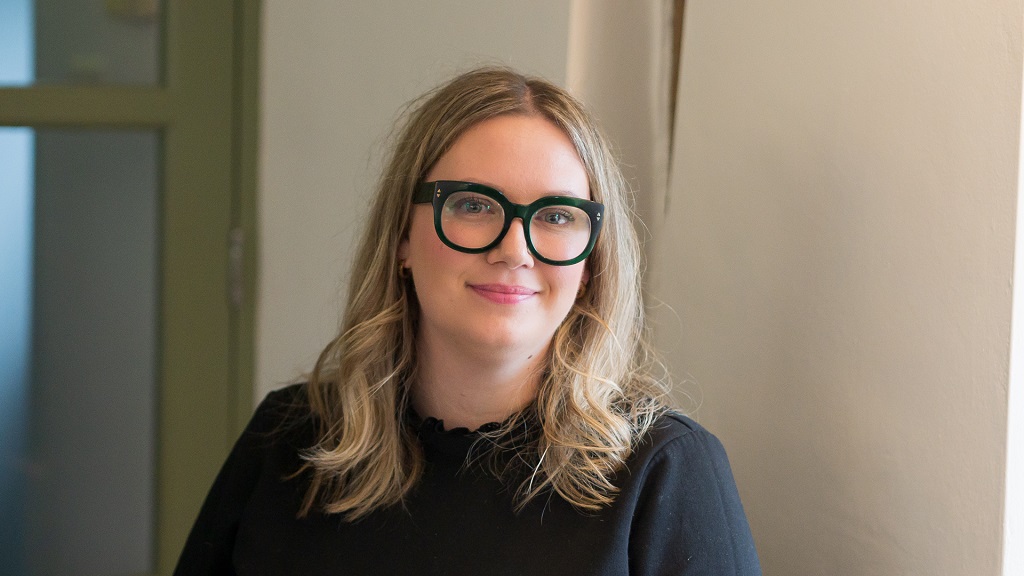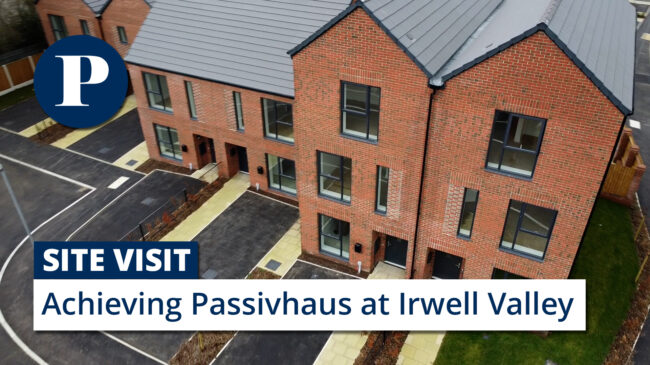Commentary
The higher education campus needs industry input
 The modern university environment is increasingly geared towards forging links between learning and industry, writes Laura Sherliker of Fairhursts Design Group.
The modern university environment is increasingly geared towards forging links between learning and industry, writes Laura Sherliker of Fairhursts Design Group.
Higher education providers are striving to enhance the student experience and increase opportunities for collaboration.
The focus now is on providing access to specialist facilities and industry partners that have been invited to co-locate on campus. This approach is expected to help give students and researchers a more rounded education, as well as increase opportunities for innovation to occur.
Designers in the higher education sector have always sought to create efficient, effective, and inspirational learning environments. But today they must also consider how best to facilitate this collaboration between public and private organisations, and to prioritise human interaction and mental wellbeing over specific departmental goals.
For example, creating pseudo-commercial environments on campus can offer students a unique insight into the world of work and the modern workplace. These sorts of mock real-life experiences complement the more traditional academic course content being taught and instil confidence in newly qualified students starting out in their chosen career. It also ensures that graduates are better equipped with the skills required to succeed in today’s workplaces, and are more attractive to prospective employers.
There is another logical reason why co-location between higher education and industry providers makes sense. Finding solutions to complex social, environmental, and economic challenges – historically, life sciences, robotics, engineering, and automotive environments – increasingly required collaboration between universities and companies. Few private sector organisations have the internal capacity to deliver results on their own. They value access to a deep talent pool and welcome the opportunity to work alongside bright new minds towards a shared goal.
As a result, higher education estates have higher demands on them than ever before. They need to attract and retain students as well as provide links with commercial organisations and a connection to the wider community.
They must find new ways to bring students together and provide them with a variety of settings in which to do so, to support different teaching and learning styles and encourage social connections.
Today’s campus needs to have purpose and be a place where individuals can flourish. In short, they need to be:
- SMART: Specific, Measurable, Achievable, Relevant and Time-bound
- Collaborative, supportive and sustainable
- Connect people with place
- Impact the wider community and economy – this can be achieved through the creation of dedicated mixed-use districts that shape the future and success of a city
By delivering education campuses in this way, institutions can:
- leverage assets of knowledge, capital, technology, culture, buildings and spaces
- support a mixed community experience – a place to live, work, study, visit, invest and stay
- deliver positive impact – through student success, knowledge exchange, sustainability, experience, community, brand and reputation
Progress is being made by universities across the North West – from ID Manchester, the transformative mixed-use city centre neighbourhood set to be Europe’s most ambitious innovation district, to Liverpool’s Knowledge Quarter, a 450-acre urban landscape being delivered by the city’s key partners.
Across the country, investments are being made to transform university estates, to improve teaching and learning environments, better support students’ wellbeing, strengthen links with industry, increase opportunities for graduates, and improve the overall educational experience.
But more can be done. As designers, we are committed to enhancing quality of life by delivering architecture that supports users, adds value to commercial partnerships and positively impacts the wider community.
Considerations need to go further than the traditional lecture theatre. Spaces must have the flexibility to adapt to constantly changing theories on teaching and learning – as the future of education is never far away.
- Laura Sherliker is director at Fairhursts Design Group






I work for an apex global Tier 1 construction and engineering company and am lucky enough to be able to undertake a part-time doctorate (for PhD) at a north-west university (paid for by myself and studied for in my own time). The former have absolutely no interest in the Grade A research that I undertake. Simply no interest in any way, shape or form whatsoever.
Sadly, industry is not interested in collaborating with learners and researchers, despite what they may say.
By NP